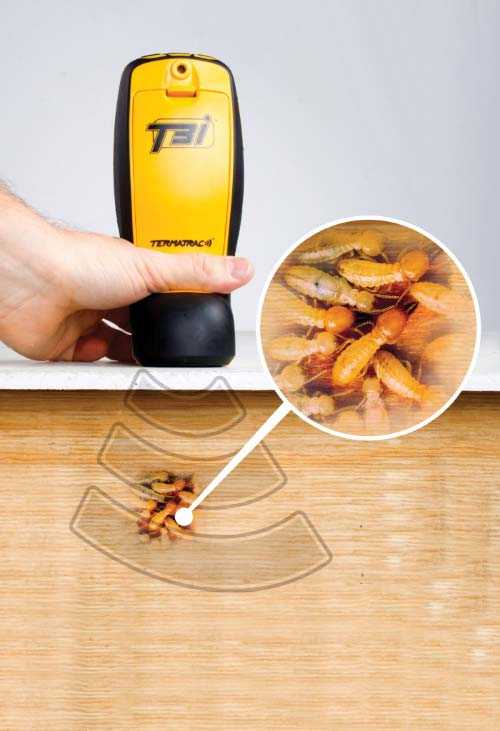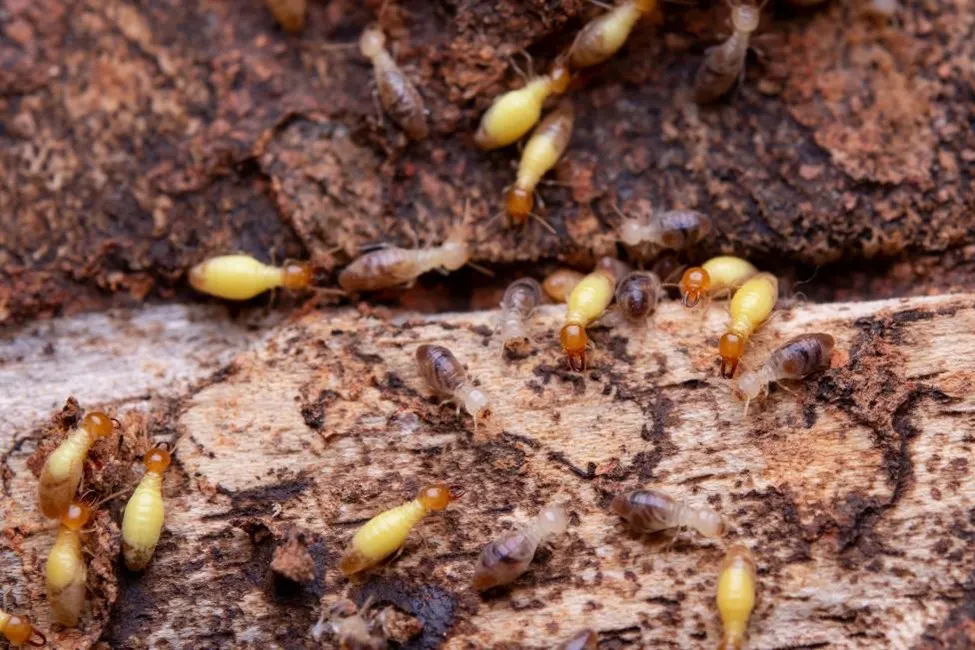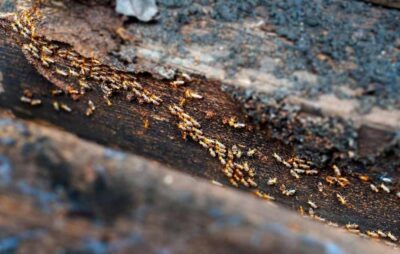How To Detect Termites In Home
Worried that you might have a termite infestation?
"*" indicates required fields
Worried that you might have a termite infestation?
You can find out if you have termites without removing your floors and walls. PURCOR provides the most advanced termite inspection available to help locate, confirm, and track the presence of termites in a non-invasive manner. Recognizing the signs of termites, such as mud tubes, droppings, and other damage, is crucial for early detection and prevention of costly repairs caused by these destructive pests.
Identifying a termite problem early can lead to significant cost savings in repairs and extermination. Additionally, consulting professionals for proper treatment tailored to specific termite species is advised.
Being aware of the warning signs of termites, such as mud tubes and discarded wings, is essential for homeowners to prevent costly damage to their homes.
Identifying Termite Infestation
Identifying a termite infestation can be challenging, but there are several signs and symptoms to look out for. Termites are social insects that live in colonies, and they can cause significant damage to structures made of wood and other cellulose-based materials. To identify a termite infestation, look for the following signs:
- Discarded Wings Near Windows and Doors: Termite swarmers, or flying termites, shed their wings after finding a new place to establish a colony. Finding these wings near windows and doors is a clear indication of termite activity.
- Mud Tubes on Walls and Floors: Subterranean termites build mud tubes to travel between their colony and food sources. These tubes protect them from predators and maintain the moisture they need to survive.
- Clicking Sounds in Walls: Termites are noisy eaters. If you hear clicking sounds coming from your walls, it could be soldier termites banging their heads against the wood or the sound of termites eating.
- Stuck Windows and Doors: As termites eat through wood, they produce moisture, which can cause wood to warp. This warping can make windows and doors difficult to open or close.
- Termite Droppings: Drywood termites leave behind small, pellet-like droppings called frass. Finding these droppings near wooden structures is a sign of an active termite infestation.
It’s essential to note that termites can go undetected for years or even decades, eating away at the wood of a home. Therefore, regular termite inspections are crucial to detect potential termite infestations early on.
Signs of Termite Infestation
Signs of termite infestation can vary depending on the type of termite and the severity of the infestation. However, some common signs of termite infestation include:
- Mud Tubes on Walls and Floors: These are a hallmark of subterranean termites. The tubes are made of soil and wood particles and are used by termites to travel between their colony and food sources.
- Discarded Wings Near Windows and Doors: After mating, termite swarmers shed their wings. Finding these wings is a strong indication of a nearby termite colony.
- Clicking Sounds in Walls: Termites can be surprisingly noisy. If you hear faint clicking sounds coming from your walls, it could be termites at work.
- Stuck Windows and Doors: Warped wood caused by termite damage can make windows and doors difficult to open or close.
- Termite Droppings: Drywood termites produce frass, which looks like small, wood-colored pellets. These droppings are often found near the site of the infestation.
- Damaged Wood: Termites eat wood from the inside out, leaving a thin veneer of wood or paint. If you notice wood that sounds hollow when tapped or has unexplained cracks, it could be termite damage.
- Sagging Floors and Ceilings: Extensive termite damage can cause structural issues, leading to sagging floors and ceilings.
If you notice any of these signs, it’s essential to contact a pest control company immediately to schedule a termite inspection.
What is the Termatrac?
At PURCOR, we believe in using the latest technology to solve problems. We equip our technicians with advances in technology on the cutting edge in the pest control industry.
One of those advances is the Termatrac, the world’s most advanced detector of termites. The Termatrac can detect movement, moisture, and heat instantly. The radar sensor is designed to discover activity of termites in your home. The moisture sensor can detect the presence of moisture conditions within your structure. The thermal or heat sensor highlights any differences in surface temperatures and thermal anomalies in your home.

Ground-Breaking Termite Damage Detection
Finding termites used to involve serious demolition – ripping up floors, walls, and structures to visibly confirm infestations. Today, with Termatrac, PURCOR can identify problem areas, locate infestations, and confirm active infestations without opening a single wall or floor. Detecting specific types of termites, such as Formosan termites, is crucial as their swarming behavior and dried mud formations are clear signs of an active colony.
For homeowners, buyers, sellers, and realtors, this demolition-free service means saving time, money, and the headaches that come with repairing and replacing damage.
Detecting Termite Damage
Detecting termite damage can be challenging, but there are several ways to do so. Here are some methods to detect termite damage:
- Visual Inspection: Look for signs of termite infestation, such as mud tubes, discarded wings, and termite droppings. Damaged wood and sagging floors or ceilings are also indicators of termite damage.
- Sound Detection: Listen for clicking sounds in walls, which can indicate termite activity. Termites are often noisy as they chew through wood.
- Moisture Detection: Use a moisture meter to detect high levels of moisture in walls and floors, which can indicate termite activity. Termites thrive in moist environments, and their presence often leads to increased moisture levels.
- Thermal Imaging: Use thermal imaging cameras to detect heat signatures in walls and floors, which can indicate termite activity. Termites generate heat as they consume wood, and thermal imaging can reveal these hot spots.
It’s essential to note that termite damage can be extensive and costly to repair. Therefore, early detection is crucial to prevent further damage.
Prevention and Inspection
Preventing termite infestations requires regular inspections and maintenance. Here are some tips to prevent termite infestations:
- Regularly Inspect Your Home for Signs of Termite Infestation: Conduct regular visual inspections of your home, looking for signs of termite activity such as mud tubes, discarded wings, and termite droppings.
- Keep Your Home Clean and Free of Debris: Termites are attracted to wood and cellulose materials. Keeping your home clean and free of debris can reduce the risk of a termite infestation.
- Remove Any Dead Trees or Stumps from Your Property: Dead trees and stumps can serve as a food source for termites. Removing them can help prevent termites from establishing a colony near your home.
- Use Termite-Resistant Materials for Construction: When building or renovating, consider using termite-resistant materials to reduce the risk of termite damage.
- Schedule Regular Termite Inspections with a Pest Control Company: Professional inspections are crucial for early detection and prevention of termite infestations. A pest control company can provide thorough inspections and recommend appropriate termite control measures.
It’s essential to note that termite infestations can be prevented with regular inspections and maintenance. Therefore, it’s crucial to take proactive measures to prevent termite infestations.
Schedule a Free Termite Inspection
If you’re wondering if you have a termite infestation, schedule a free inspection online or by giving us a call.

